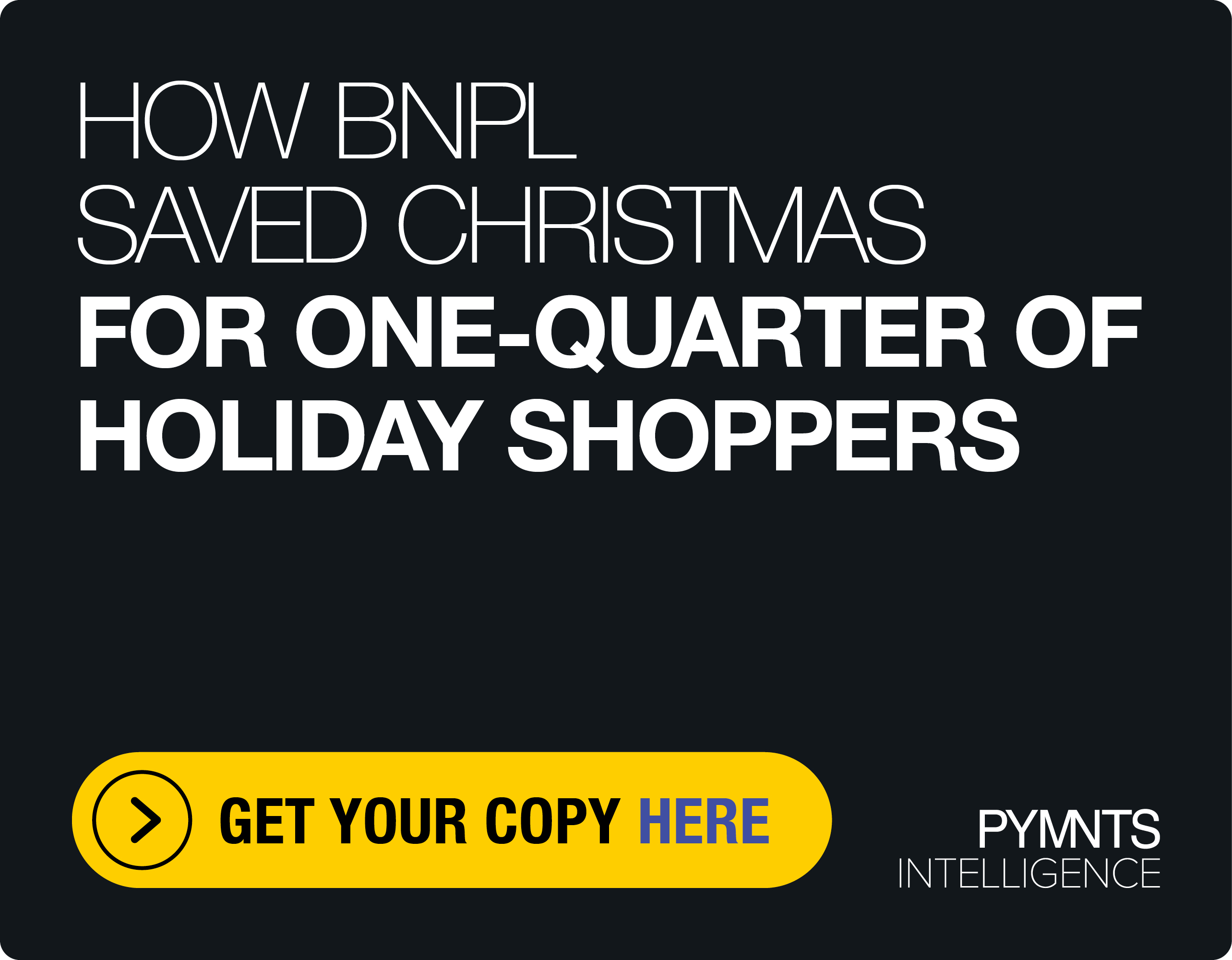How India Will Leapfrog Plastic Payments
Three decades ago, there were 25 million credit cards in use across the Indian subcontinent, despite it being one of the world’s most populous nations.
Today, there are still 25 million credit cards in use across India. The number of merchants accepting plastic payments has remained static, while acceptance of other methods (Paytm in particular) have gained near ubiquity. Nanopay CEO Laurence Cooke said the country is shaping up to leapfrog plastic-based payments altogether, with one of the most sophisticated payments systems in the world.
India has taken a few steps that have made this leapfrogging possible, said Cooke.
First, authorities have brought more people into the formal financial system by lowering the bar on what it means to open a bank account. A customer with limited credentials can still get banked, albeit with reduced functionality.
This can be accomplished electronically, Cooke added, so customers no longer have to dedicate three hours in a bank branch — they can complete the process online in about five minutes, saving them time and the bank money.
Second, the country has aggressively incentivized alternative payment methods, recently offering 10 percent discounts across the board just for using a certain payment method during an extended national holiday weekend.
Third, a new category of financial services has emerged: Meet the payments bank, an organization that is not strictly a bank but which has access to the formal payments rails to facilitate transactions. These organizations are in the business of banking the unbanked, said Cooke, relying heavily on the ever-accelerating penetration rate of smartphones in the country to create wider access to financial tools.
Payments banks are not designed to take deposits, noted Cooke, but they can provide essentially the same functionality — the difference is simply that the funds are stored with the central bank. He explained that people can access their funds by returning to the payments bank, so it looks and feels like a regular bank to the user, but it’s more protected due to the participation of the central bank.
Fino Payments Bank is India’s example, but these organizations are cropping up in many developing economies, said Cooke. Nubank in Brazil has built itself up from a credit card solution to a mobile app to a fully integrated system offering features like rewards on deposits and built-in bill payments.
Higher-profile companies are also playing a role, Cooke said. Products like Alipay and Paytm have become much more than just a payments mechanism; they are fully integrated solutions with banks.
“They’re bringing people into the formal financial sector, and that’s good for everyone,” Cooke said. “Cardless and unbanked payments are interacting with the formal economy, bank with non-bank, card with non-card.”
And, he added, “these technologies are leapfrogging the technologies in North America by a long stretch” — but maybe not for long, if nanopay gets its way. Cooke said the startup could create access to national payments rails in Canada to make payments banks a reality on this side of the Prime Meridian; it’s currently working to bring about that vision.
